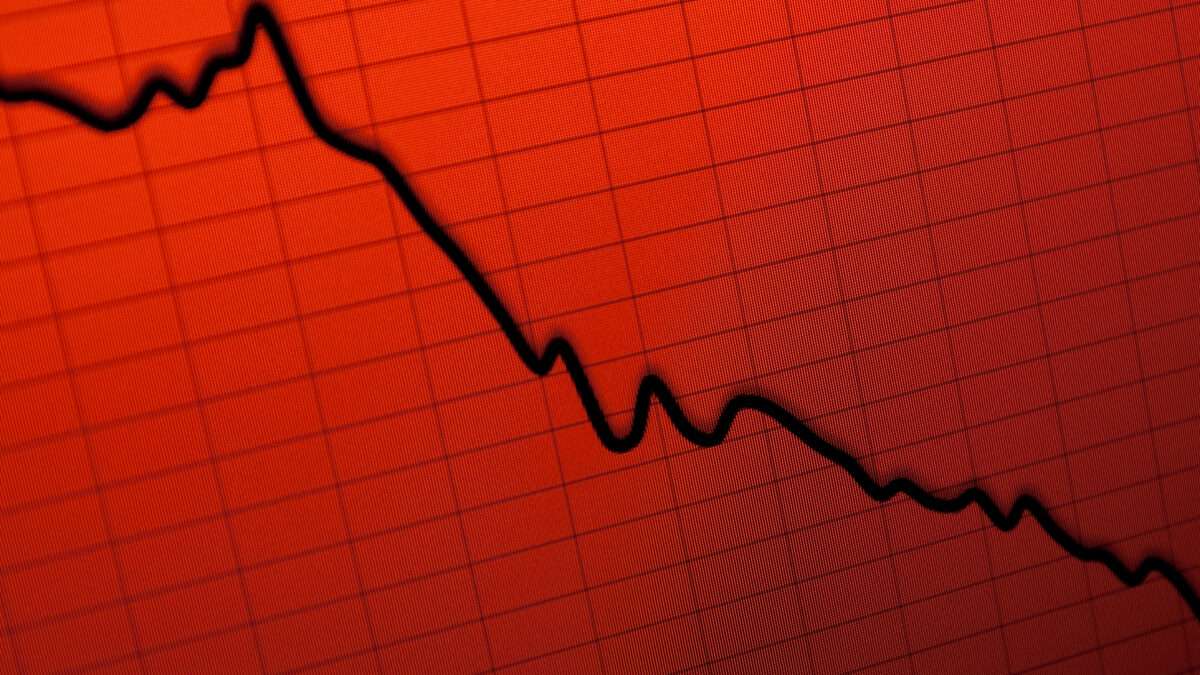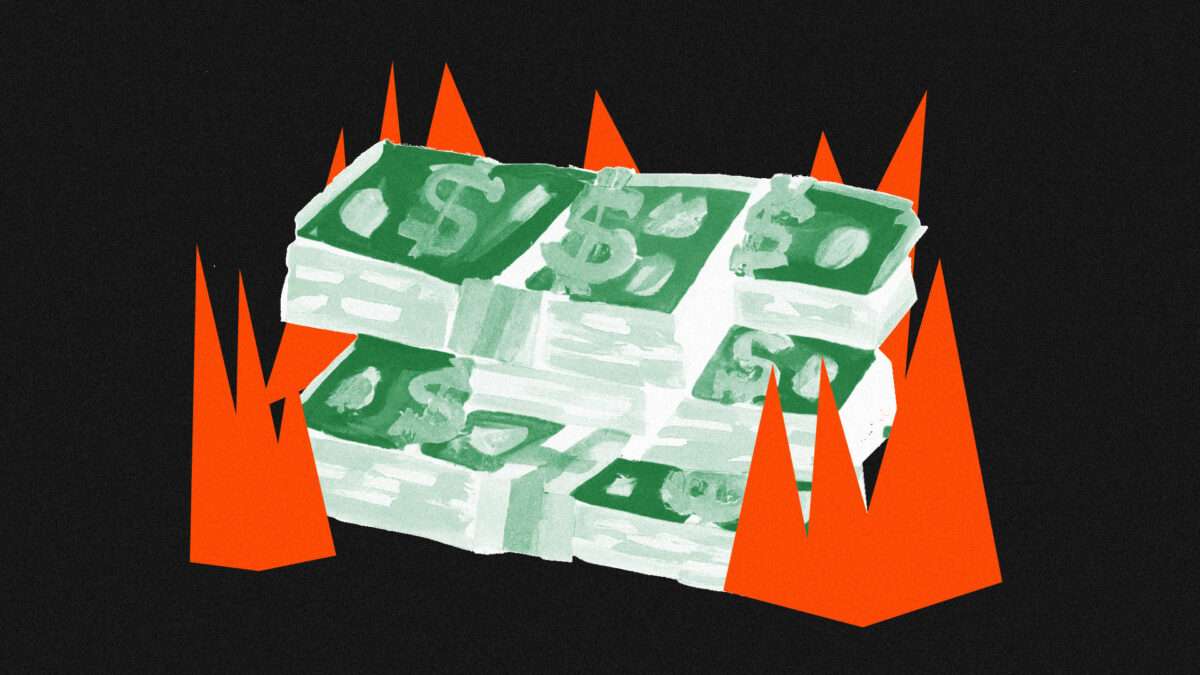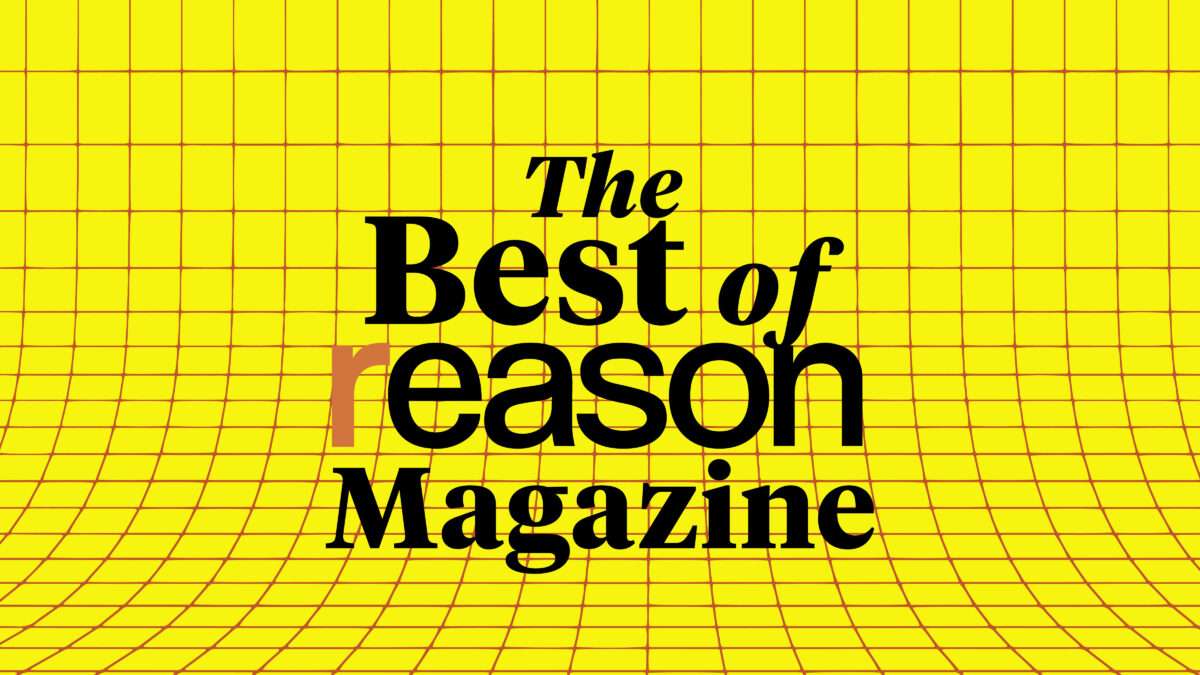What's the Sahm Rule? Alarming Jobs Report Raises Recession Risk.

A bummer of a jobs report released Friday morning triggered a sharp drop in the stock market and stoked fear of a coming recession—thanks to something known as the "Sahm Rule."
So what is that?
It is named after economist Claudia Sahm, who served as a top economic advisor during the Obama administration and identified a historical indicator of coming recessions in 2019: every time since 1970 that the three-month moving average of the U.S. unemployment rate is more than half a percentage point above the lowest three-month moving average from the previous year, a recession has soon followed.
That's a bit complicated, admittedly. If you want to know what it looks like in practice, check out today's jobs report. Unemployment in July ticked upwards to 4.3 percent. Over the past three months, the average unemployment rate has been 4.13 percent. That's quite a bit higher than the lowest three-month average from the past year—which was 3.63 percent, between June and August 2023.
Thus, the Sahm Rule has been triggered.
But the "rule" is also a set of guidelines. In the 2019 paper where Sahm identified this historical early warning system for a coming recession, she called for governments to begin distributing stimulus payments as soon as this alert was triggered. Doing so, she argued, would allow for a speedier response to a recession by eliminating the lag that occurs while politicians and other observers debate whether a recession is coming and what to do about it. Essentially, it is meant to be a technocratic solution to a recurring problem.
The political system has not adopted that approach—and thank goodness, because the federal government is $35 trillion in debt and already on pace to run a $2 trillion deficit this year. There's literally no money for stimulus checks right now.
The markets, however, seem to be taking the Sahm Rule seriously. There was a huge sell-off on the stock market Friday morning and bond yields fell as well—an indication that investors are essentially "pricing in" the cost of a coming downturn.
But there's one more complicating factor. Sahm herself says this might be a false alarm.
The Wall Street Journal reports that "Sahm doesn't think the economy is on the immediate cusp of a recession. She reckons that changes in the supply of labor since the pandemic, including the recent jump in immigration, have led the Sahm rule to overstate how weak the job market is."
"We are still in a good place, but until we see signs of stabilizing, of leveling out, I'm worried," Sahm, who also worked at the Federal Reserve and is now the chief economist at New Century Advisors, an investment firm, told the Journal.
It's good to be cautious about the predictive power of historical trends. Indeed, in that 2019 paper, Sahm warned that "the Sahm rule is an empirical regularity. It's not a proposition; it's not a law of nature."
Federal Reserve Chairman Jerome Powell echoed that sentiment this week. He called the Sahm Rule "a statistical regularity" on Wednesday, adding that "it's not like an economic rule, where it's telling you something must happen." At a meeting earlier this week, the Federal Reserve decided to hold interest rates steady, though it indicated that a rate cut could be coming in September.
So are we heading for a recession or not? As always, it's impossible to know until we're already in one. The commonly used definition of a recession is back-to-back quarters of negative economic growth—but the economy grew by 2.8 percent during the second quarter of 2024. By that metric, it would take until the end of the year for the country to be in a recession.
The official arbiter of recessions is the National Bureau of Economic Research (NBER), a private entity whose definition of a recession takes into account monthly indicators like employment, personal income, and industrial production along with quarterly gross domestic product (GDP) growth (by their terms, two consecutive quarters of negative GDP growth often, but not always, correspond with an official recession).
Still, the outlook is certainly darker after Friday's jobs report. If a recession is coming, the federal government's and Federal Reserve's ability to respond will be severely limited by the poor fiscal and monetary decisions that have left the Treasury deeply in debt and the central bank's balance sheets overstretched.
The Sahm Rule has correctly predicted every recession in the past half-century. Let's hope it got this one wrong.
The post What's the Sahm Rule? Alarming Jobs Report Raises Recession Risk. appeared first on Reason.com.





